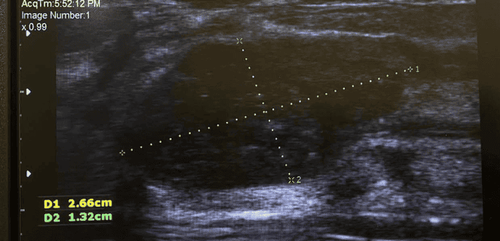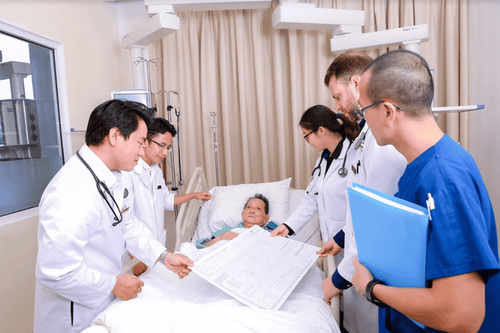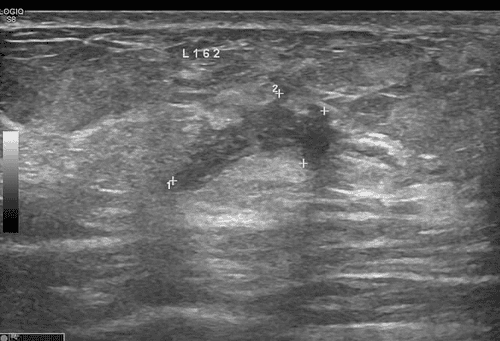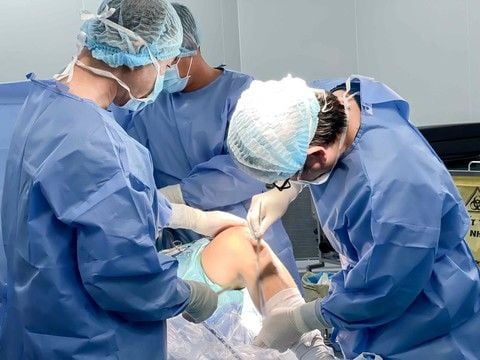Chest pain is a dangerous condition with various symptoms, including chest tightness and shortness of breath, chest pain with nausea, angina, left and right chest tightness accompanied by sharp heart pain, and more. So, what diseases can chest pain indicate? How can you distinguish between the different types of chest pain? All will be explained in this article.
1. Causes of Chest Pain
Chest pain occurs when the heart does not receive an adequate supply of blood and oxygen. Below are some common causes:
- Chest pain due to heart-related diseases.
- Chest pain caused by diseases related to the pleura.
- Chest pain is linked to conditions affecting the chest wall.
- Chest pain related to gastrointestinal disorders.
2. Identifying the Differences Between Types of Chest Pain in Various Diseases
Signs of transient chest pain may be a minor symptom of common conditions, such as indigestion. However, if chest pain occurs frequently, repeatedly, and progressively worsens, it could be a sign of a serious condition. Notably, chest pain caused by cardiovascular diseases can have a high fatality rate.
Chest pain presents in various forms, including chest pain with shortness of breath, chest pain with nausea, left chest pain, and right chest pain. How can you determine what type of pain is associated with which condition? Below are some common types of chest pain and their accompanying symptoms.
2.1. Coronary Artery Disease
Chest pain caused by coronary artery disease occurs when the coronary arteries are blocked or narrowed due to plaque buildup from cholesterol (this buildup is also known as atherosclerosis). These plaques make it more difficult for blood to flow through the coronary arteries.

The blockage reduces the blood supply to the heart, and since blood carries the oxygen necessary for the heart's function, it leads to ischemia. This causes chest pain and shortness of breath lasting for a few minutes, often accompanied by sharp heart pain. When the demand for blood and oxygen is met, the pain subsides.
Characteristics of Chest Pain from Coronary Artery Disease:
- Patients feel as though their heart is being squeezed, compressed, or strongly pressured, making it very difficult to breathe.
- Severe left-sided chest pain is often accompanied by fear, sweating, and panic.
- The pain typically lasts for a short duration (a few seconds or minutes).
- Emotional distress, anger, tension, or overexertion can intensify the left-sided chest pain.
- The pain is usually located behind the sternum and may radiate to the jaw or left shoulder.
The most dangerous complication of chest pain caused by coronary artery disease is a heart attack. If the pain lasts for 15–20 minutes, it is extremely life-threatening.
2.2. Aortic Dissection
The aorta is the largest and most important artery in the human body, responsible for transporting blood to all organs.
Aortic dissection occurs when the inner lining of the aorta tears, allowing blood to flow into the inner layers of the vessel. This condition leads to ischemia and may also cause the aorta to rupture.
Signs of Chest Pain Caused by Aortic Dissection:
- Persistent, deep chest pain that radiates gradually toward the back.
- Dizziness and difficulty breathing with chest pain.
- Fainting.
This is an extremely dangerous type of chest pain that can cause acute heart failure and carries a very high risk of mortality.
2.3. Lung and Pleural Diseases

Some lung diseases, such as pneumothorax, pleuritis, lung tumors, and pulmonary embolism, can also lead to chest pain.
Symptoms:
- Burning pain that follows the rhythm of breathing.
- Increased pain when lying down.
- Severe shortness of breath.
- Frequent coughing, with coughing up blood being most evident in cases of pulmonary embolism.
- Fever (commonly observed in patients with bronchitis, herpes, or pleuritis).
- Conditions Related to the Chest Wall
Chest pain caused by conditions related to the chest wall, such as chest injuries (localized soft tissue or rib injuries) or intercostal nerve-related conditions, often present with the following symptoms:
- Dull, pressing pain in the left or right chest.
- Pain when moving or using the chest muscles.
- Pain during deep breathing.
- Pain when pressing or touching the chest wall.
2.4. Gastrointestinal Disease
Chest pain can also stem from gastrointestinal conditions, such as gastroesophageal reflux disease (GERD) or indigestion. Common signs of chest pain related to gastrointestinal issues include:
- Chest pain accompanied by nausea.
- Difficulty eating or swallowing food.
- Pain after eating or when hungry.
- Pain in the epigastric region or radiating to the upper abdomen.
- Worsened chest pain when lying down that does not improve with rest or nitroglycerin.
The above provides insights into how to recognize diseases through symptoms of chest pain or difficulty breathing. Having knowledge about chest pain can help patients be more proactive in seeking medical attention. Do not ignore any signs of chest pain. If you experience persistent chest pain with increasing severity, it is essential to visit a reputable medical facility for a specialist diagnosis and timely treatment.
Vinmec International Hospital offers coronary artery examination packages for diagnosing, testing, and treating patients experiencing chest pain characterized by sharp, burning, or prickling sensations. The pain is often located behind the sternum, at the center of the heart, or the left chest, radiating to the left shoulder, arm, and hand. This is often accompanied by shortness of breath, sweating, palpitations, and dizziness.
To arrange an appointment, please call HOTLINE or make your reservation directly HERE. You may also download the MyVinmec app to schedule appointments faster and manage your reservations more conveniently.








